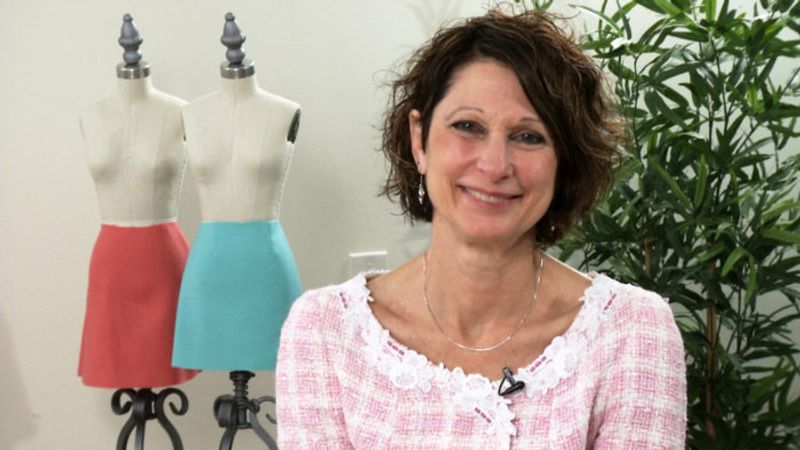
Sarah Veblen, featured instructor in Threads’ Fit & Design video series, knows a thing or two about well-fitting clothes. In this interview, she talks about what a good fit really means, and why her method of fitting really works.
Her approach is not what most sewers learn when they first attempt to fit patterns. It’s highly personalized and hands-on, but is also backed by solid patternmaking theory.
For in-depth fitting classes, try Sarah’s four-part video series, Create a Master Skirt Pattern, and Styles from a Master Skirt Pattern, as well as Create a Master Bodice Pattern and Styles from a Master Bodice Pattern .
Threads: How do you define a “good fit”?
Sarah Veblen: To me, the hallmark of a well-fitting garment is that it flatters the figure. The garment helps to make your body look proportionate, and therefore makes your figure look pleasing, regardless of your shape and size.
Technically, I think there’s a range of what a good fit is. For instance, I don’t think a casual T-shirt needs to fit as flawlessly as a classic sheath dress. There should not be drag lines or fold lines in the fabric – unless of course that’s a design element. How closely the garment fits is personal preference. In my experience, most women look better (more proportionate) with clothes that skim the body – not tight, but also not loose and baggy.
Fit is all about creating a pleasing visual proportion.
TH: What makes your fitting method so different from others?
SV: My approach to fitting is very logical, in large part due to the horizontal balance lines that I establish on the pattern and then transfer to the fitting muslin. These HBLs provide lines that create a frame of reference, so you always have something concrete to refer to. Then your job as a fitter is to bring the lines into a plumb position, and eliminate drag and fold lines.
Once you understand how to read the fabric and solve certain fitting issues, you can often apply that knowledge to other fitting issues and situations. In this way, my approach to fitting is very theoretical. It’s also hands-on: your fingers manipulate the cloth, and right before your eyes, you can see that the fit is improving. If it’s not improving, then you try something else. Of course there are ways to solve specific fitting issues – but it all goes back to reading the fabric.
I’m a firm believer in working with fabric. Tissue fitting does tell you a little bit about fit in a big-picture way. But tissue doesn’t lie on the body the same way fabric does. So working in fabric on the body allows you to get a really exquisite fit. Once you start to fit this way, you discover how powerful it is: you have the ability to make the body look visually more (or less) proportionate.
I’d also like to add that fitting is a fairly free-flowing process. While there are certain fitting issues you want to address when you begin to fit a garment (e.g., releasing tightness and bringing the HBLs to a level position), the order in which you address the fitting issues isn’t critical. For the video, the sequence of steps we present is typical. But your path to the fit you want might not follow exactly the same steps – and that’s just fine. One of the great things about fitting is if you don’t notice an issue during a fitting session, it’s still going to be there waiting for you to address it during a subsequent session.
TH: What is the benefit of making a master pattern?
SV: A master pattern is a huge time saver. Fitting in cloth on the body is a process: you make a muslin from a pattern, you fit, you alter the pattern, and you repeat the process until you’ve attained the level of perfection in fit that you want. So fitting like this does take time. But once you get that wonderful fit, working with a master pattern means that you’ll embed it into every garment you make, because that pattern is your starting place. Rather than concentrating on fit, you can concentrate on designing and sewing. This brings you back to the creativity of garment making.
Why start over again with a new commercial pattern every time? Why not begin with a pattern that fits and design from there?
TH: What can a viewer expect to learn, besides how to fit a basic skirt or bodice?
SV: Over the years of working with garment sewers, I’ve seen that pattern work is undoubtedly the biggest stumbling block alongside getting a good fit. Because fit and patternmaking are inextricably linked, I spend a great deal of time during the video at the drafting table, explaining and executing the pattern work.
Going back to my theoretical teaching style, in the video I try to always explain why I’m making a pattern adjustment, along with how to actually execute the pattern alteration. This means that the viewer will be building a body of knowledge about pattern work that can be applied to many different situations.
I’ve had students in hands-on classes watch me explain a pattern manipulation two, three . . . a dozen times. And somewhere along the line, they say: “Oh, I get it now!” Pattern work – like fitting – is complex. As you incorporate one concept into your body of knowledge, then you’ve built a foundation for the next layer of understanding. So I suspect many viewers will gain a broader and deeper understanding of the intricacies of fitting and pattern work when they watch some sections (or the whole video) more than once.
TH: What type of sewer will benefit from your approach?
SV: Anyone who wants to learn about what good fit is and how to achieve it will benefit from my approach. If you’re just beginning to sew garments, get started here with developing a good fit. If you’ve been garment sewing a little . . . or a lot . . . and you’re not satisfied with the fit you’ve been able to achieve so far, please join me in a journey towards a beautiful, comfortable, flattering fit.
Share Your thoughts
Do you struggle with fitting? What fit issues are hardest for you to resolve? What is your preferred fitting method?


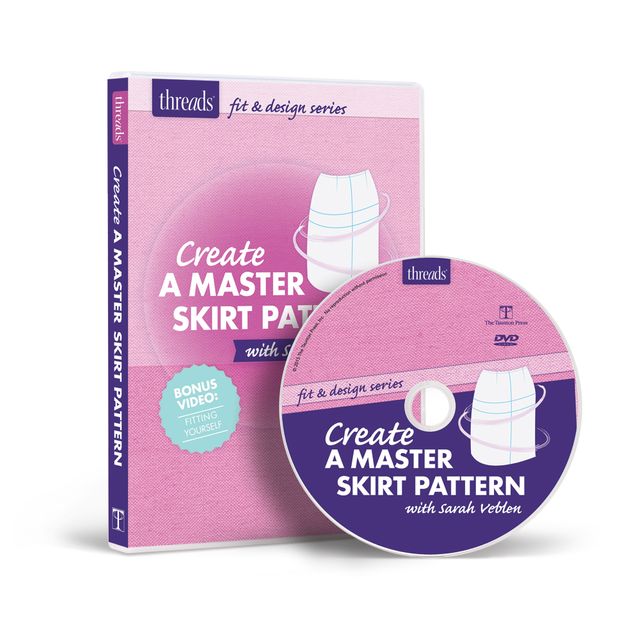
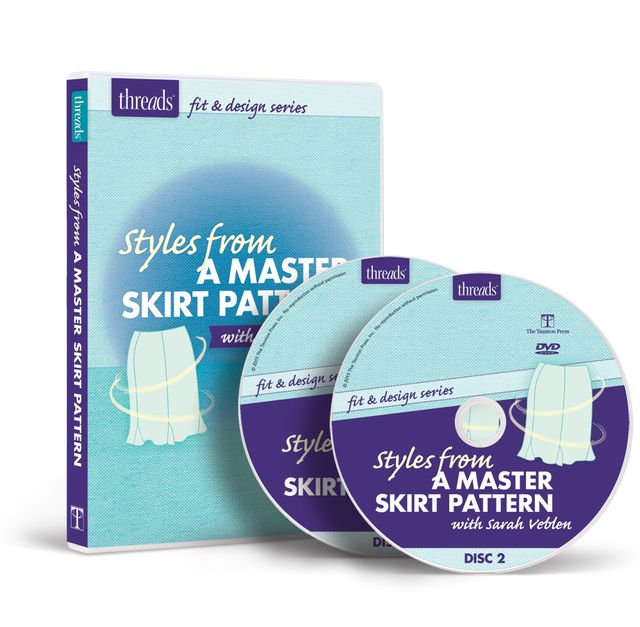

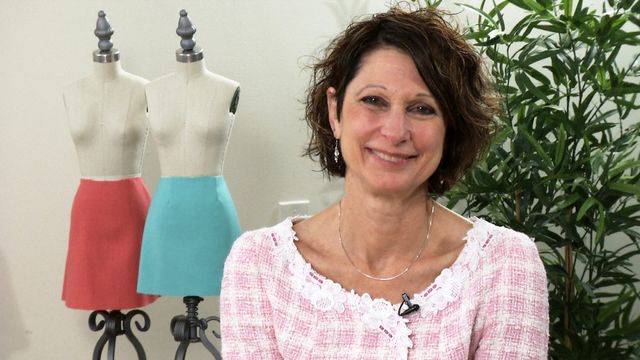


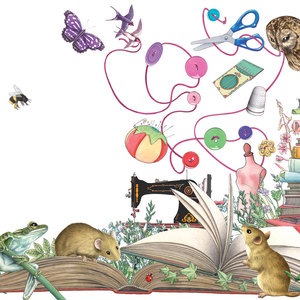






























I the things said here are truth I am anticipating to get my hands on said "master pattern". Kind of excited, actually. It has always been an issue finding the right fit.
Wow, that's spectacular